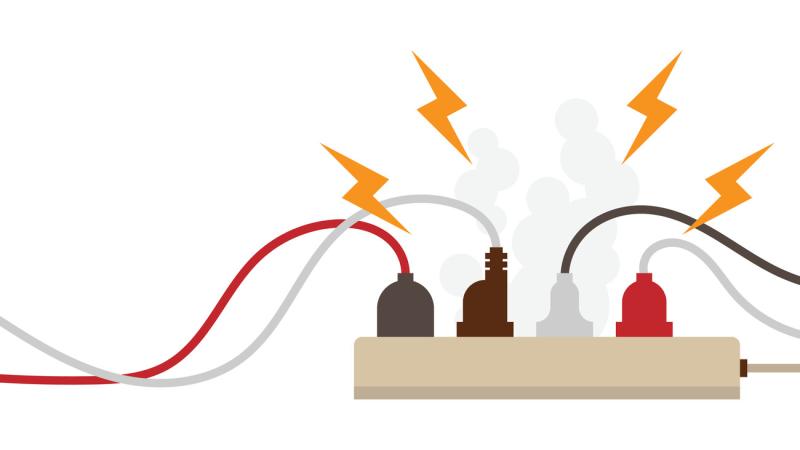Backup Power Strategies to Help Ride Out Storm Season
The start of summer has been tumultuous, with recent weather events causing significant and widespread power outages. In June, extreme heat caused outages for 450,000 people across Texas, Oklahoma, Louisiana, Arkansas and Mississippi. Thousands in eastern Texas lost power due to a storm that the local utility official summed as the worst of his career. Severe weather also took down a 911 call center in Jackson, Mississippi.
For retailers, who rely on distributed IT infrastructure to support both in-store and eCommerce sales, weather-related outages like these could result in downtime or lost business data that severely disrupts the ability to do business. With federal agencies urging the public to prepare for the storm activity expected in the months ahead, retailers should take measures now to protect their IT investments.
Build the right power management inventory
Amid the digital transformation of retail, digital technologies such as SquareSpace have become more commonplace at the point of sale, while self-service kiosks are now ubiquitous to help streamline the customer experience. Solutions like these and others will continue to transform the selling and buying experience, but the underpinning power infrastructure must be protected to ensure IT systems can stay up and running.
As digital IT infrastructure has evolved, the hardware and software tools available to protect these assets have also advanced to help keep balance. Taking steps to implement an integrated backup power strategy can help retailers safeguard their operations in the face of extreme weather events:
- Establish the foundation. An uninterruptible power system (UPS) is key for any disaster preparedness strategy, serving as the critical bridge to generator power in the event of an outage. Retailers can leverage lithium-ion batteries, which have become more available and cost-effective for UPSs, to extend the life of their solution with a longer battery life and smaller footprint. UPSs can also be integrated with network cards for enhanced connectivity and improved cybersecurity when combined with disaster avoidance software.
- Keep a watchful eye over infrastructure. Stores often operate as part of larger retail chains that lack on-site IT staff. This makes disaster avoidance software important in helping retailers maintain control over their power systems. Retail IT managers can add software applications with power management equipment to enable a proactive approach to remote management, in addition to making timely firmware updates to stay ahead of evolving cyber threats. The software can also provide the ability to gracefully shut down or re-boot a ‘hung’ server or other equipment from a remote location in the instance of a power event.
- Be proactive about the future. Thanks to the advancement of predictive analytics services in conjunction with disaster avoidance software, IT teams can now monitor and analyze power trends over time. This gives retailers the ability to make smarter decisions about their equipment and proactively fix or replace devices rather than retroactively responding after an event causes downtime that halts the flow of business.
Additionally, having reliable hardware components, such as surge protectors and power strips, is important to ensuring a well-rounded disaster avoidance strategy. Combining power management solutions with a wall mount rack enclosure can also help retailers save valuable floor space in their stores while simplifying and streamlining future hardware upgrades.
Retail is detail
If the 2022 hurricane season is any indication, the worst is likely yet to come for some of the biggest weather disasters. And, while retailers can’t control what Mother Nature does, they can strategically prepare to mitigate her temper tantrums. By building an integrated backup power strategy that combines the latest hardware and software advancements, retailers can have more confidence knowing they have the right reinforcements ready if disaster does strike.
Ed Spears is a technical marketing manager in Eaton’s Critical Power & Digital Infrastructure Division in Raleigh, North Carolina. He can be reached at [email protected], or find more information at Eaton.com.


